这篇文章的内容主要围绕Java中如何进行校园一卡通系统的实现进行讲述,文章内容清晰易懂,条理清晰,非常适合新手学习,值得大家去阅读。感兴趣的朋友可以跟随小编一起阅读吧。希望大家通过这篇文章有所收获!一、项目简述(+需求文档+PPT)功能:卡
这篇文章的内容主要围绕Java中如何进行校园一卡通系统的实现进行讲述,文章内容清晰易懂,条理清晰,非常适合新手学习,值得大家去阅读。感兴趣的朋友可以跟随小编一起阅读吧。希望大家通过这篇文章有所收获!
功能:卡管理,卡消费,卡充值,图书借阅,消费,记录,注销等等功能。
jdk1.8 + Tomcat8.5 + mysql + Eclispe(IntelliJ idea,Eclispe,MyEclispe,Sts都支持)
jsP + Servlet + html+ CSS + javascript + Jquery + ajax 等等
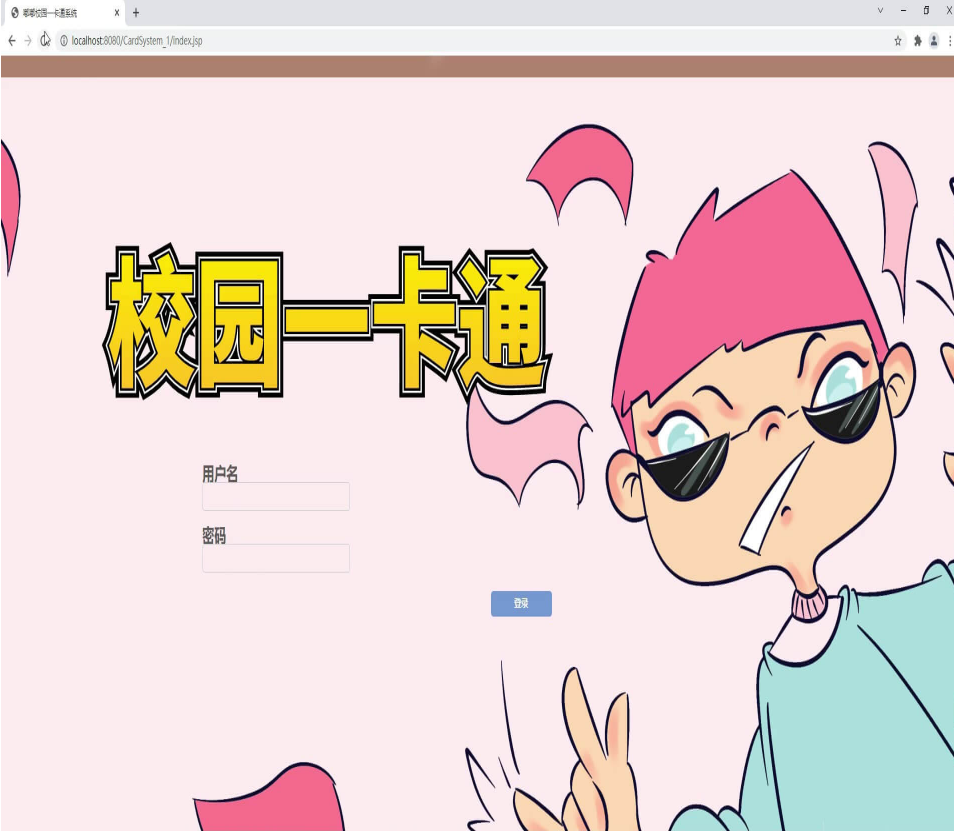
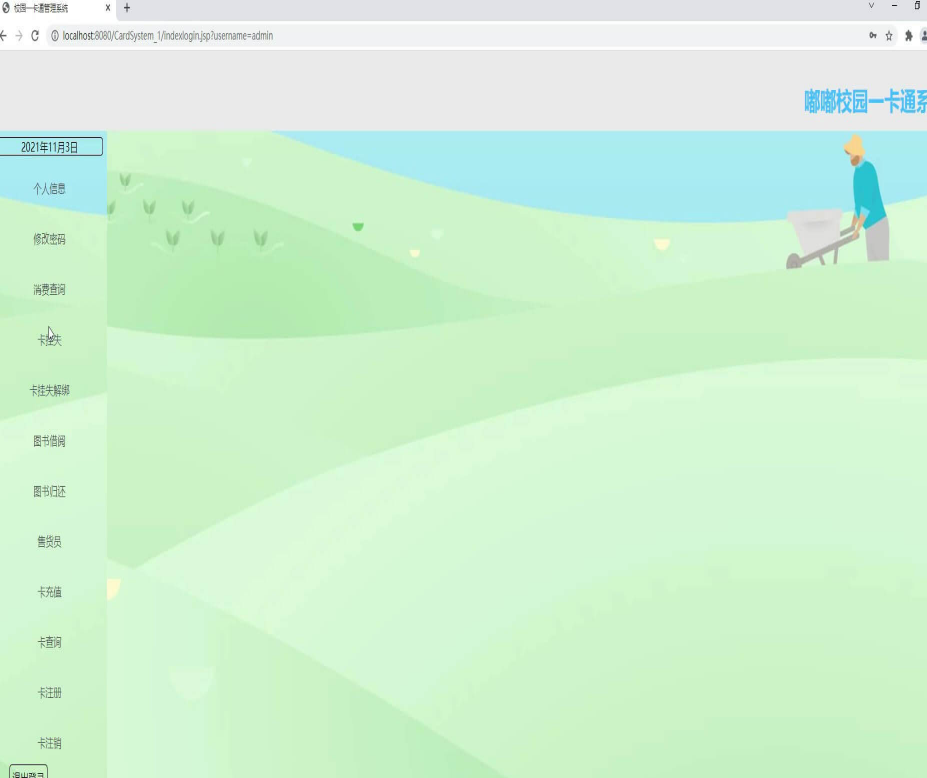
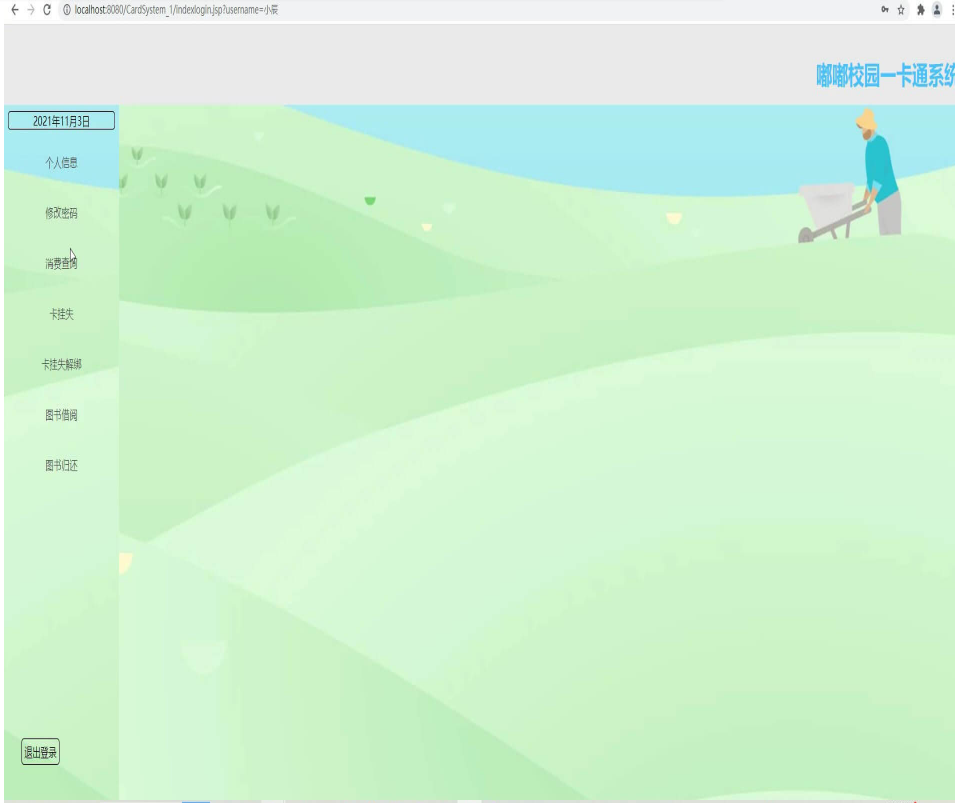
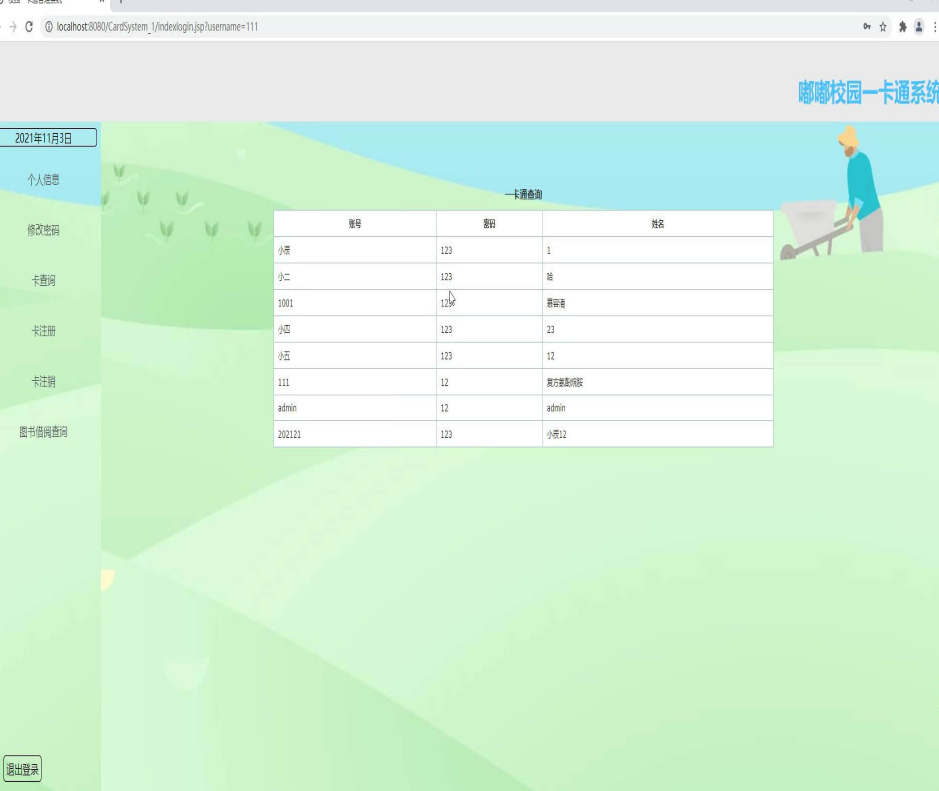
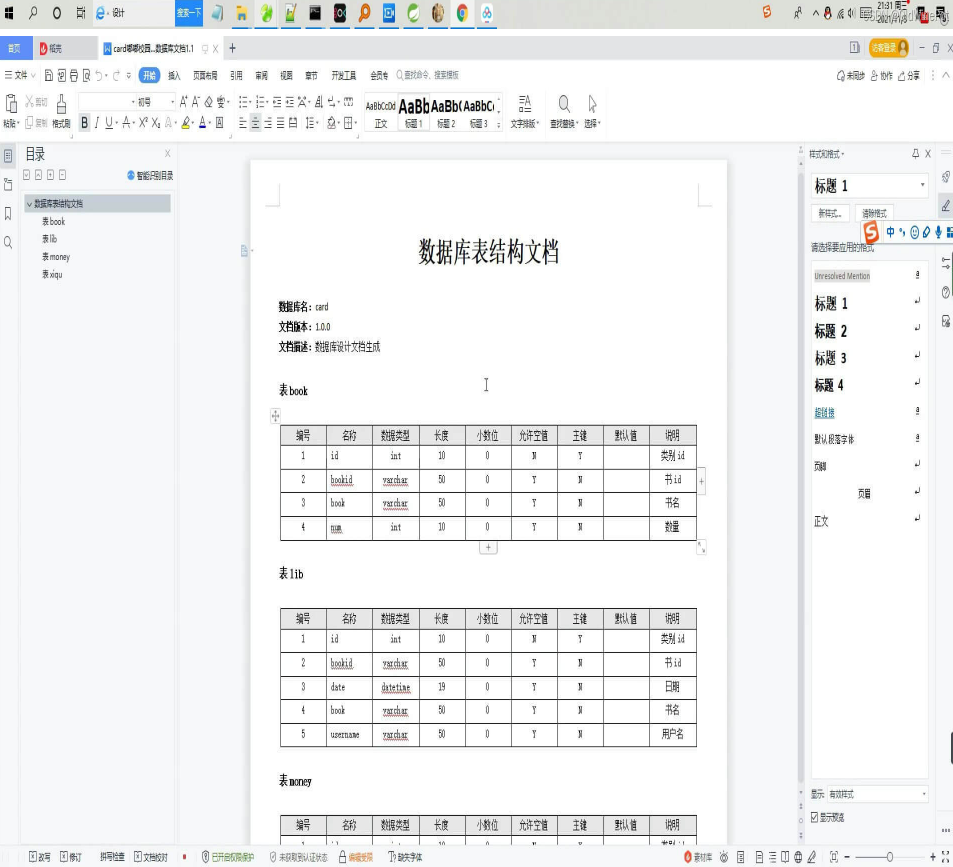
用户管理操作控制层:
@Controller@RequestMapping("/user")public class UserController { @Autowired private UserService userService; @GetMapping("/add") public String create() { return "user/add"; } @PostMapping("/add") @ResponseBody public Map<String, Object> add(@RequestBody User user) { if(StringUtils.isEmpty(user.getUserName())){ return MapControl.getInstance().error("请填写用户名").getMap(); } if(StringUtils.isEmpty(user.getName())){ return MapControl.getInstance().error("请填写名称").getMap(); } if(StringUtils.isEmpty(user.getUserPwd())){ return MapControl.getInstance().error("请填写密码").getMap(); } int result = userService.create(user); if (result <= 0) { return MapControl.getInstance().error().getMap(); } return MapControl.getInstance().success().getMap(); } @PostMapping("/delete/{id}") @ResponseBody public Map<String, Object> delete(@PathVariable("id") Integer id) { int result = userService.delete(id); if (result <= 0) { return MapControl.getInstance().error().getMap(); } return MapControl.getInstance().success().getMap(); } //批量删除 @PostMapping("/delete") @ResponseBody public Map<String, Object> delete(String ids) { int result = userService.delete(ids); if (result <= 0) { return MapControl.getInstance().error().getMap(); } return MapControl.getInstance().success().getMap(); } @PostMapping("/edit") @ResponseBody public Map<String, Object> edit(@RequestBody User user) { if(StringUtils.isEmpty(user.getUserName())){ return MapControl.getInstance().error("请填写用户名").getMap(); } if(StringUtils.isEmpty(user.getName())){ return MapControl.getInstance().error("请填写名称").getMap(); } if(StringUtils.isEmpty(user.getUserPwd())){ return MapControl.getInstance().error("请填写密码").getMap(); } int result = userService.update(user); if (result <= 0) { return MapControl.getInstance().error().getMap(); } return MapControl.getInstance().success().getMap(); } @GetMapping("/edit/{id}") public String edit(@PathVariable("id") Integer id, ModelMap modelMap) { User user = userService.detail(id); modelMap.addAttribute("user", user); return "user/edit"; } //查询所有 @PostMapping("/query") @ResponseBody public Map<String, Object> query(@RequestBody User user) { List<User> list = userService.query(user); Integer count = userService.count(user); return MapControl.getInstance().success().page(list, count).getMap(); } //跳转列表页面 @GetMapping("/list") public String list() { return "user/list"; } }登录控制层:
@Controllerpublic class LoginController { @Autowired private UserService userService; @Autowired private TeacherService teacherService; @Autowired private StudentService studentService; //跳转登录页面 @GetMapping("/login") public String login() { return "login"; } //登录操作 @PostMapping("/login") @ResponseBody public Map<String, Object> login(String userName, String passWord, String captcha, String type, httpsession session) { //判断用户名、密码、用户类型、验证码是否为空 if (StringUtils.isEmpty(userName) || StringUtils.isEmpty(password) || StringUtils.isEmpty(captcha) || StringUtils.isEmpty(type)) { return MapControl.getInstance().error("用户名或密码不能为空").getMap(); } //获取系统生成的验证码 String _captcha = (String) session.getAttribute("captcha"); //先判断验证码是否正确 if (!(captcha.toLowerCase()).equals(_captcha.toLowerCase())) { //验证码错误 return MapControl.getInstance().error("验证码错误").getMap(); } //判断用户类型 if ("1".equals(type)) { //管理员验证登录 User user = userService.login(userName, MD5Utils.getMD5(password)); //对密码进行加密处理,因为数据库中存储的是加密后的密码 if (user != null) { session.setAttribute("user", user); session.setAttribute("type", 1); return MapControl.getInstance().success().add("data", user).getMap(); } else { return MapControl.getInstance().error("用户名或密码错误").getMap(); } } if ("2".equals(type)) { //老师验证登录 Teacher teacher = teacherService.login(userName, MD5Utils.getMD5(password)); if (teacher != null) { session.setAttribute("user", teacher); session.setAttribute("type", "2"); return MapControl.getInstance().success().add("data", teacher).getMap(); } else { return MapControl.getInstance().error("用户名或密码错误").getMap(); } } if ("3".equals(type)) { //学生验证登录 Student student = studentService.login(userName, MD5Utils.getMD5(password)); if (student != null) { session.setAttribute("user", student); session.setAttribute("type", "3"); return MapControl.getInstance().success().add("data", student).getMap(); } else { return MapControl.getInstance().error("用户名或密码错误").getMap(); } } return MapControl.getInstance().getMap(); } }生成验证码:
@Controller@RequestMapping("/captcha")public class CaptchaController { private char[] codeSequence = {'A', '1', 'B', 'C', '2', 'D', '3', 'E', '4', 'F', '5', 'G', '6', 'H', '7', 'I', '8', 'J', 'K', '9', 'L', '1', 'M', '2', 'N', 'P', '3', 'Q', '4', 'R', 'S', 'T', 'U', 'V', 'W', 'X', 'Y', 'Z'}; @RequestMapping("/code") public void getCode(HttpServletResponse response, HttpSession session) throws IOException { int width = 80; int height = 37; Random random = new Random(); //设置response头信息 //禁止缓存 response.setHeader("Pragma", "No-cache"); response.setHeader("Cache-Control", "no-cache"); response.setDateHeader("Expires", 0); //生成缓冲区image类 BufferedImage image = new BufferedImage(width, height, 1); //产生image类的Graphics用于绘制操作 Graphics g = image.getGraphics(); //Graphics类的样式 g.setColor(this.getColor(200, 250)); g.setFont(new Font("Times New Roman", 0, 28)); g.fillRect(0, 0, width, height); //绘制干扰线 for (int i = 0; i < 40; i++) { g.setColor(this.getColor(130, 200)); int x = random.nextInt(width); int y = random.nextInt(height); int x1 = random.nextInt(12); int y1 = random.nextInt(12); g.drawLine(x, y, x + x1, y + y1); } //绘制字符 String strCode = ""; for (int i = 0; i < 4; i++) { String rand = String.valueOf(codeSequence[random.nextInt(codeSequence.length)]); strCode = strCode + rand; g.setColor(new Color(20 + random.nextInt(110), 20 + random.nextInt(110), 20 + random.nextInt(110))); g.drawString(rand, 13 * i + 6, 28); } //将字符保存到session中用于前端的验证 session.setAttribute("captcha", strCode.toLowerCase()); g.dispose(); ImageIO.write(image, "JPEG", response.getOutputStream()); response.getOutputStream().flush(); } public Color getColor(int fc, int bc) { Random random = new Random(); if (fc > 255) fc = 255; if (bc > 255) bc = 255; int r = fc + random.nextInt(bc - fc); int g = fc + random.nextInt(bc - fc); int b = fc + random.nextInt(bc - fc); return new Color(r, g, b); } }Java的基本数据类型分为:1、整数类型,用来表示整数的数据类型。2、浮点类型,用来表示小数的数据类型。3、字符类型,字符类型的关键字是“char”。4、布尔类型,是表示逻辑值的基本数据类型。
感谢你的阅读,相信你对“Java中如何进行校园一卡通系统的实现”这一问题有一定的了解,快去动手实践吧,如果想了解更多相关知识点,可以关注编程网网站!小编会继续为大家带来更好的文章!
--结束END--
本文标题: Java中如何进行校园一卡通系统的实现
本文链接: https://lsjlt.com/news/321531.html(转载时请注明来源链接)
有问题或投稿请发送至: 邮箱/279061341@qq.com QQ/279061341
2024-05-24
2024-05-24
2024-05-24
2024-05-24
2024-05-24
2024-05-24
2024-05-24
2024-05-24
2024-05-24
2024-05-24
回答
回答
回答
回答
回答
回答
回答
回答
回答
回答
0